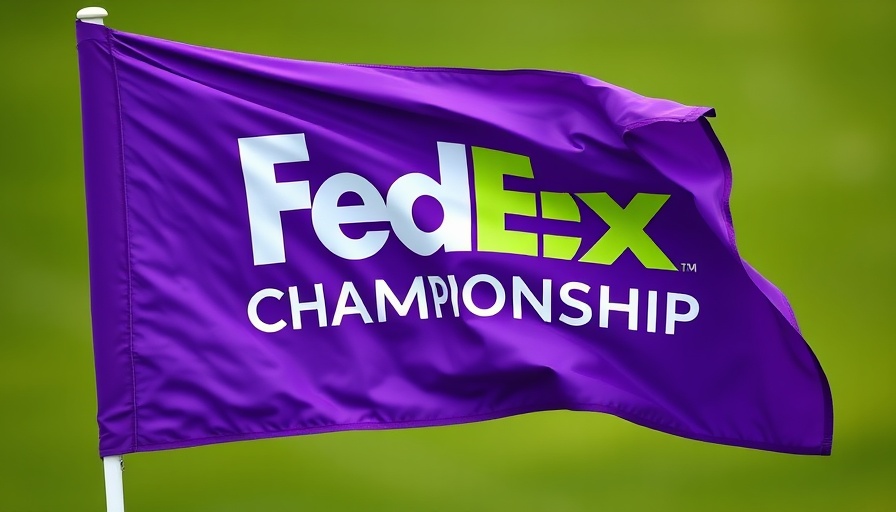
University of Minnesota to Close Les Bolstad Golf Course: A Look at the Implications
In a move that has caught the attention of avid golfers and community members alike, the University of Minnesota has announced its plans to close and sell the Les Bolstad Golf Course located in Falcon Heights. With financial stability being a significant concern in today’s economic climate, the Board of Regents is expected to vote on the proposed closure in their upcoming meeting in June. This course, which has been a part of the community since 1928, is set to leave a void both in golfing circles and in the fabric of local recreational space.
Understanding the Decision: Financial Strain and Community Sentiment
The university's justification for the closure revolves around the challenging financial environment it faces. According to a statement from the university, "This decision reflects careful consideration and was made in light of today’s challenging financial environment." The statement underscores the reality that maintaining the golf course incurs costs that exceed the revenues it generates. Faced with the need to align resources with its core mission of education and research, the university is pivoting toward alternative uses for the 141-acre property.
Local sentiment seems to lean towards transforming the property into valuable community assets. A recent survey indicated that most residents are in favor of converting the golf course into a park or similar green space. This reflects a broader trend where communities are increasingly valuing accessible outdoor areas for recreation and wellbeing over traditional golf facilities.
A Historical Perspective: The Legacy of Les Bolstad Golf Course
The Les Bolstad Golf Course is not just a recreational space; it holds historical significance, with generations of memories etched into its fairways. Opened in 1928, the course has served golfers of all skill levels, offering a place for leisure, competition, and social connection over the decades. Its closure marks a significant change not only for local golfers but also for the history of community sports in Minnesota.
Potential New Directions: What’s Next for the Land?
With plans for the course’s closure underway, the City of Falcon Heights has begun exploring various ideas for its future use. Options being discussed include housing developments—which could address regional needs for more residential areas—and the transformation into a community park, which would enhance local green space. This type of conversion could resonate well with residents seeking more options for outdoor activities, which have been increasingly recognized for their mental and physical health benefits.
How This Decision Mirrors Broader Trends in Golf and Recreation
What we are witnessing with the closure of the Les Bolstad Golf Course is part of a larger trend in recreational sports where accessibility and diverse use of land are becoming more prioritized than maintaining traditional golf settings. Nationally, golf has seen a decline in participation among younger demographics, prompting many courses to rethink their operational models. Reinventing such spaces for broader community use can offer new recreational opportunities and potentially rejuvenate local enthusiasm for outdoor activities.
Future Predictions: Sustainability and Community Engagement
The ongoing shift towards sustainability and community engagement in recreational land use suggests that the fate of the Les Bolstad Golf Course could serve as a bellwether for similar establishments across the United States. If communities take charge of these spaces through collaborative efforts, we could see a wave of transformation that aligns recreational facilities with the needs of a changing populace.
Concluding Thoughts: A Call to Action for Golf Lovers and Community Advocates
As the Les Bolstad Golf Course prepares to close its doors, it’s an opportune moment for local golfers and community advocates to engage with their city officials. The future of this land can still be influenced. Voices from the community are crucial—whether it’s to advocate for a park, suggest alternative recreational uses, or propose ways to preserve the rich history of the course. In this moment of change, let’s not just reflect on what we’re losing but actively participate in shaping what can come next.
 Add Row
Add Row  Add
Add 




Write A Comment